Be aware of your surroundings so you don’t end up in this scenario. In this article we discuss the shocking viral encounter, and discuss the shark species that thrives in the Everglades – the lemon shark.
The Everglades: A Lemon Shark’s Paradise
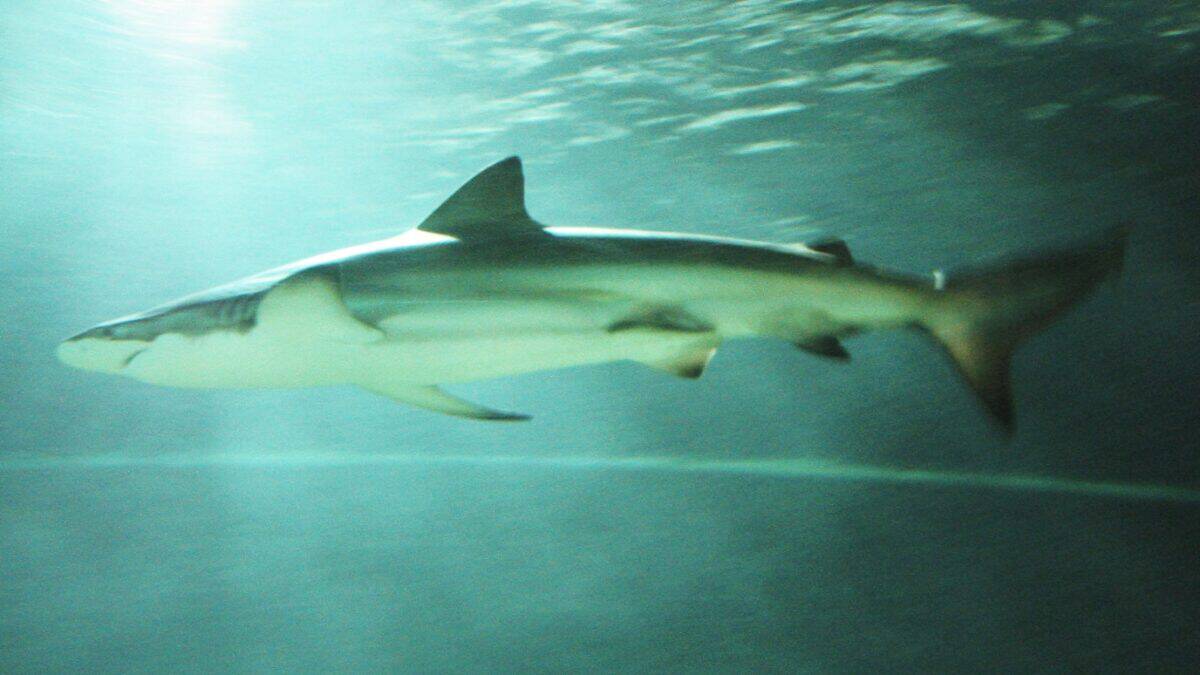
Few species can rival the lemon shark’s incredible adaptability. This fascinating creature can thrive in salt and freshwater environments, earning it the title of a euryhaline species. Its physiological marvels allow it to traverse freely from oceanic waters to the unique ecosystem of the Everglades National Park.
The Everglades serve as a diverse and bountiful hunting ground for lemon sharks. Therefore, attracting them with an array of fish and aquatic creatures to feast upon. As opportunistic predators, sharks capitalize on the abundance of prey species that inhabit these waters.
The unique brackish water conditions in the Everglades—where saltwater and freshwater mix—offer an ideal habitat for lemon sharks. These adaptable creatures can regulate their osmoregulation system to thrive in variable salinity levels, enabling them to explore a range of environments unparalleled by other shark species.
Man vs Shark

A video captured the heart-stopping moment when a shark pulled a man overboard from a small boat. This gripping incident left viewers in awe and raised questions about the coexistence of humans and these formidable predators.
As the shark’s brute force yanked the man into the water, panic, and adrenaline surged. In the ensuing struggle, the man fought back with determination.
The Aftermath
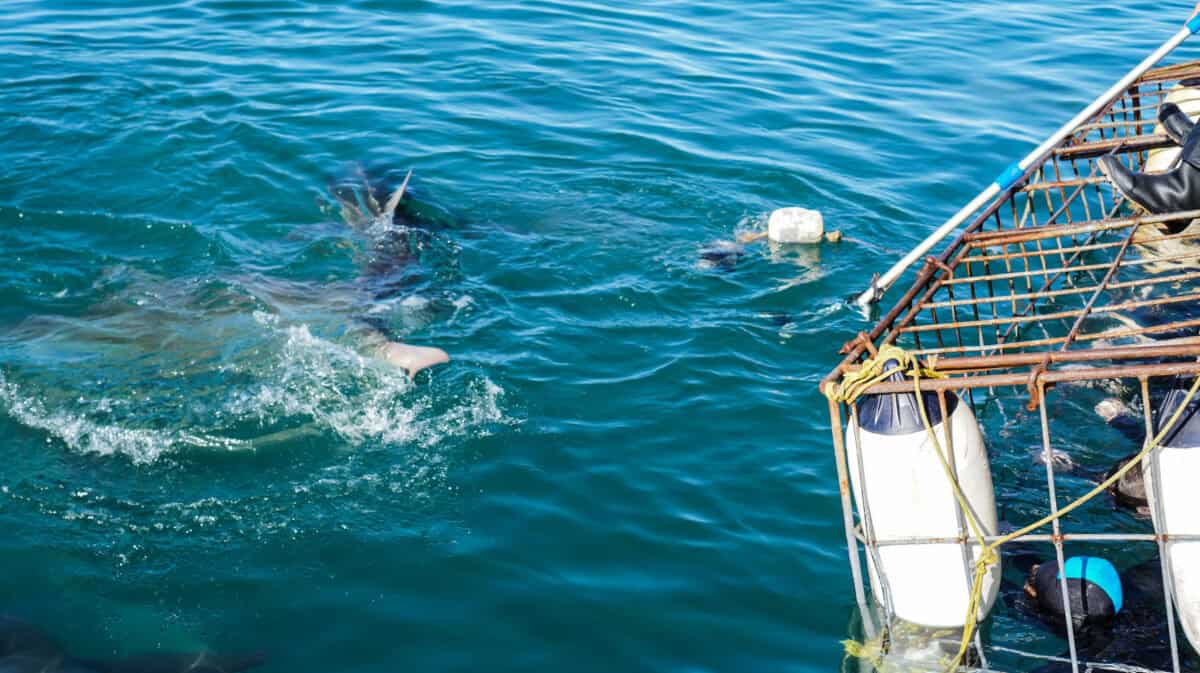
The terrifying encounter in the Everglades left the man with injuries. Rushed back to the dock and met by park rangers, he received prompt medical attention and was airlifted to a nearby hospital. With the care of dedicated healthcare professionals, his prognosis for a full recovery looked promising. This near-death experience in the wilderness would undoubtedly leave an indelible mark on man’s life, shaping his perspectives on nature, wildlife, and the delicate balance between human activities and the natural world.
Watch the full video here.
FAQs
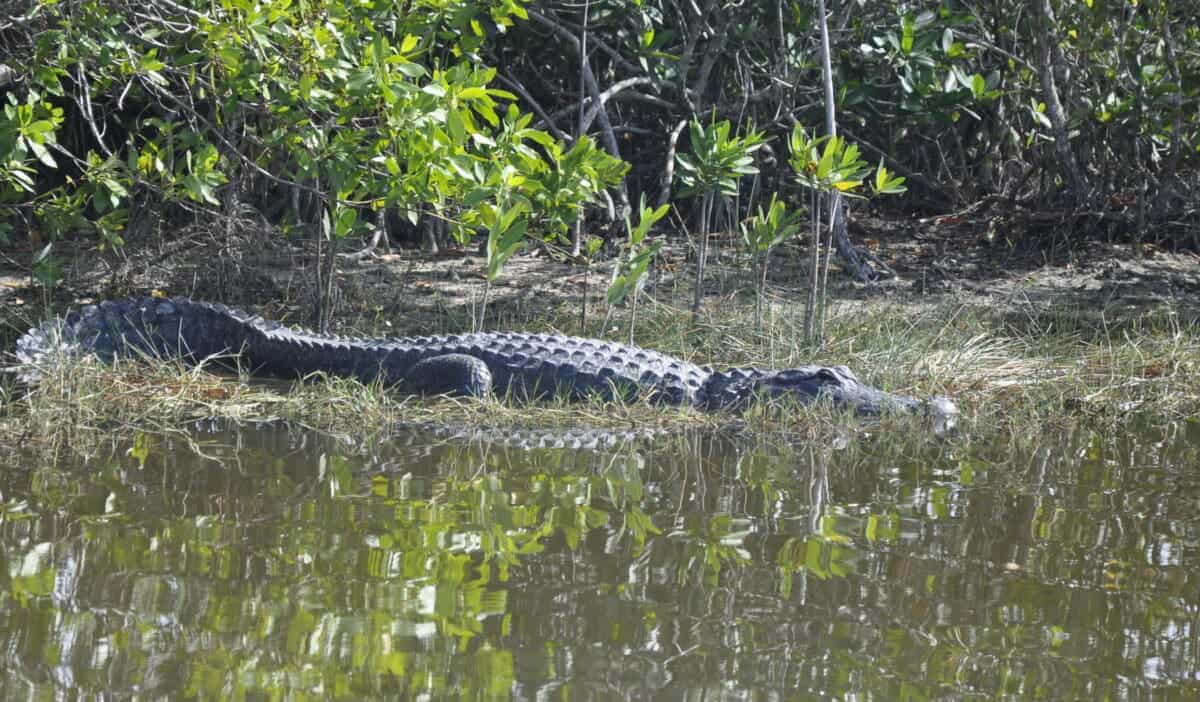
What is the most aggressive shark?

Regarding the most aggressive shark species, it is essential to note that shark behavior can vary widely based on various factors such as species, environment, and individual characteristics. Some shark species, like the great white shark and bull shark, have been known to exhibit aggressive behavior, but this does not mean that all individuals of these species are inherently aggressive toward humans.
Do sharks like to eat humans?

Sharks primarily rely on natural prey and are not typically interested in humans as a food source. Shark attacks on humans are relatively rare and often result from cases of mistaken identity or other environmental factors.
Next up:
Facts about Sharks

Sharks are some of the ocean’s most fascinating and misunderstood creatures. These apex predators have been around for over 400 million years, surviving numerous mass extinctions and adapting to various marine environments.
1. Sharks Have Multiple Rows of Teeth

Sharks constantly lose and replace their teeth throughout their lives. Some species can go through tens of thousands of teeth in their lifetime.
2. Sharks Can Detect Electrical Fields

Sharks have special sensory organs called ampullae of Lorenzini, which allow them to detect the electrical fields produced by other animals. This helps them hunt prey even in complete darkness.
3. There Are Over 500 Species of Sharks

Sharks come in a wide variety of shapes and sizes, from the tiny dwarf lantern shark to the massive whale shark. Each species has unique adaptations that help it survive in its specific habitat.
4. Some Sharks Can Glow in the Dark

Certain species, like the lantern shark, have bioluminescent properties. They use this ability to attract prey or communicate with other sharks.
5. Sharks Have Excellent Hearing
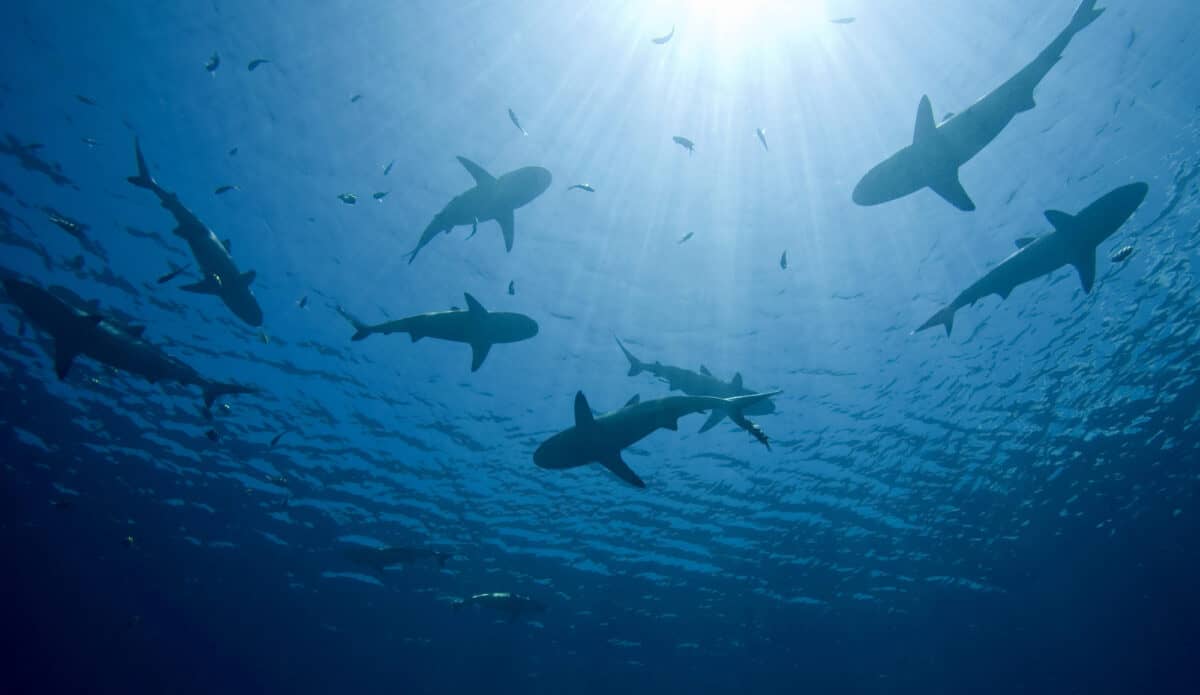
Sharks can hear prey from up to a mile away. They are particularly sensitive to low-frequency sounds, which are often made by injured or struggling animals.
6. Shark Skin Feels Like Sandpaper

A shark’s skin is covered in tiny, tooth-like structures called dermal denticles. These denticles reduce drag and allow sharks to swim more efficiently.
7. Some Sharks Can Swim Very Fast
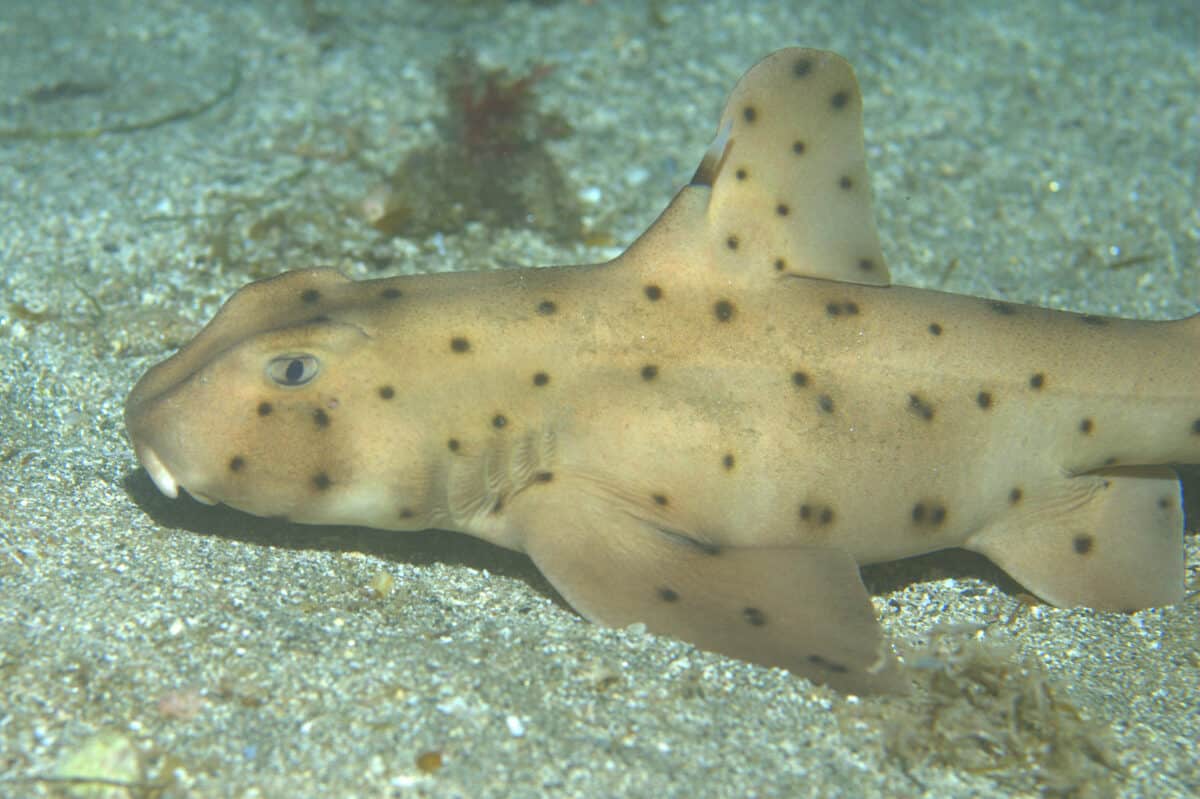
The shortfin mako shark is the fastest shark, capable of reaching speeds up to 60 miles per hour. This incredible speed helps them catch fast-moving prey like tuna and swordfish.
8. Sharks Can Go Into a Trance
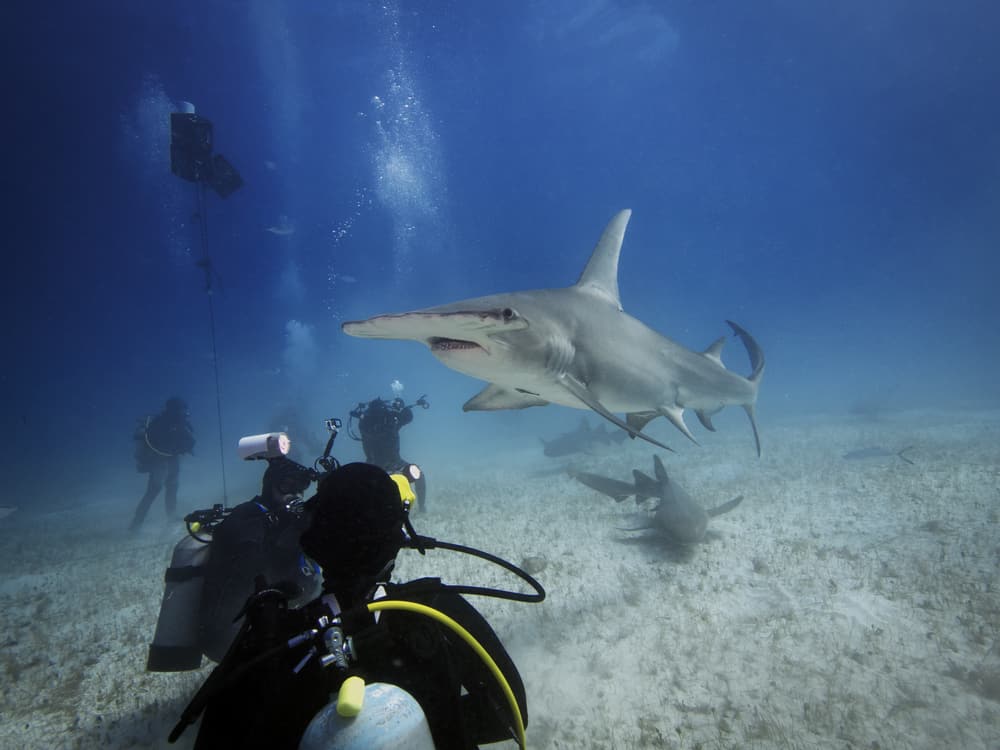
When flipped upside down, some sharks enter a state known as tonic immobility. This temporary paralysis can last for several minutes and is often used by researchers to safely handle sharks.
9. Not All Sharks Need Saltwater
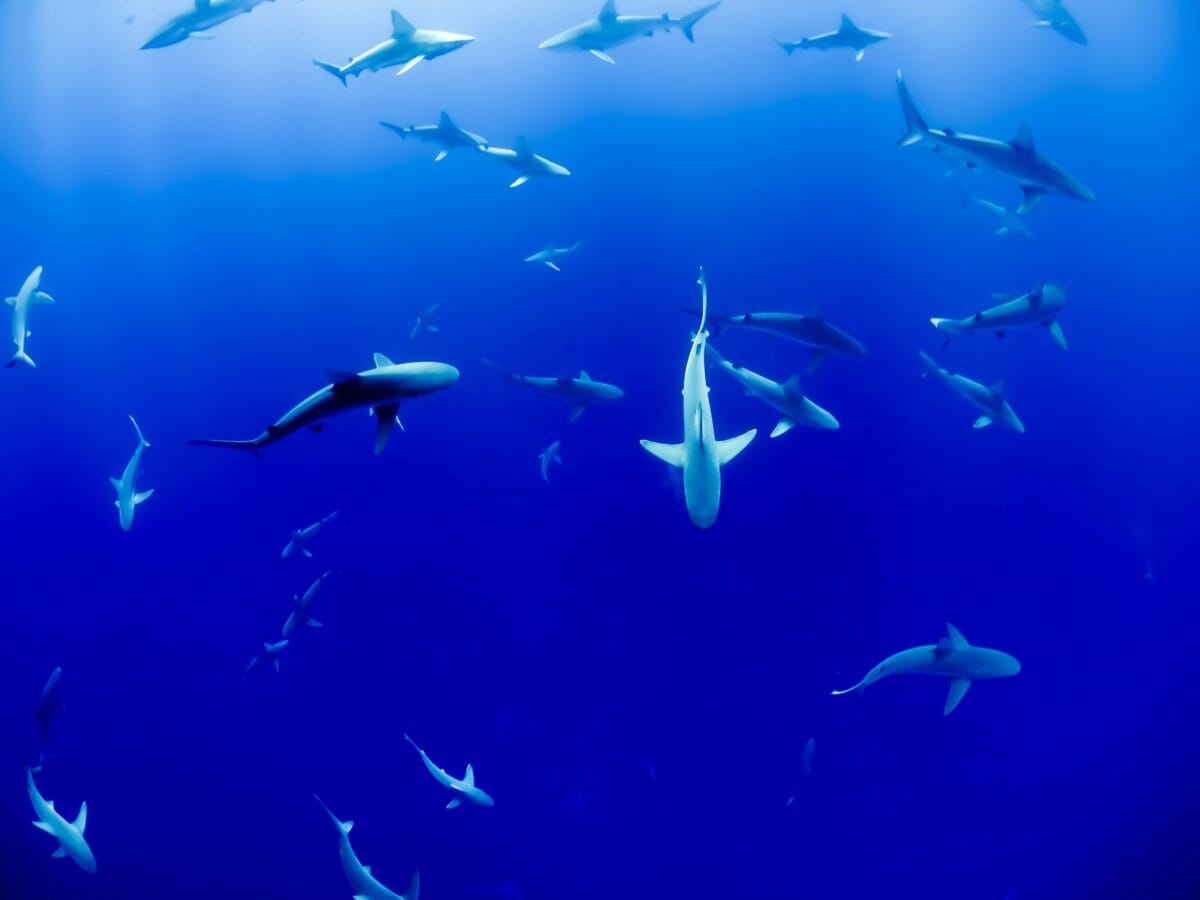
While most sharks live in the ocean, some species, like the bull shark, can also survive in freshwater. Bull sharks have been found in rivers and lakes far from the sea.
10. Sharks Are Older Than Dinosaurs

Sharks have been around for more than 400 million years, predating the dinosaurs by about 200 million years. Their ancient lineage makes them one of the oldest groups of vertebrates still in existence.
11. Shark Populations Are Declining
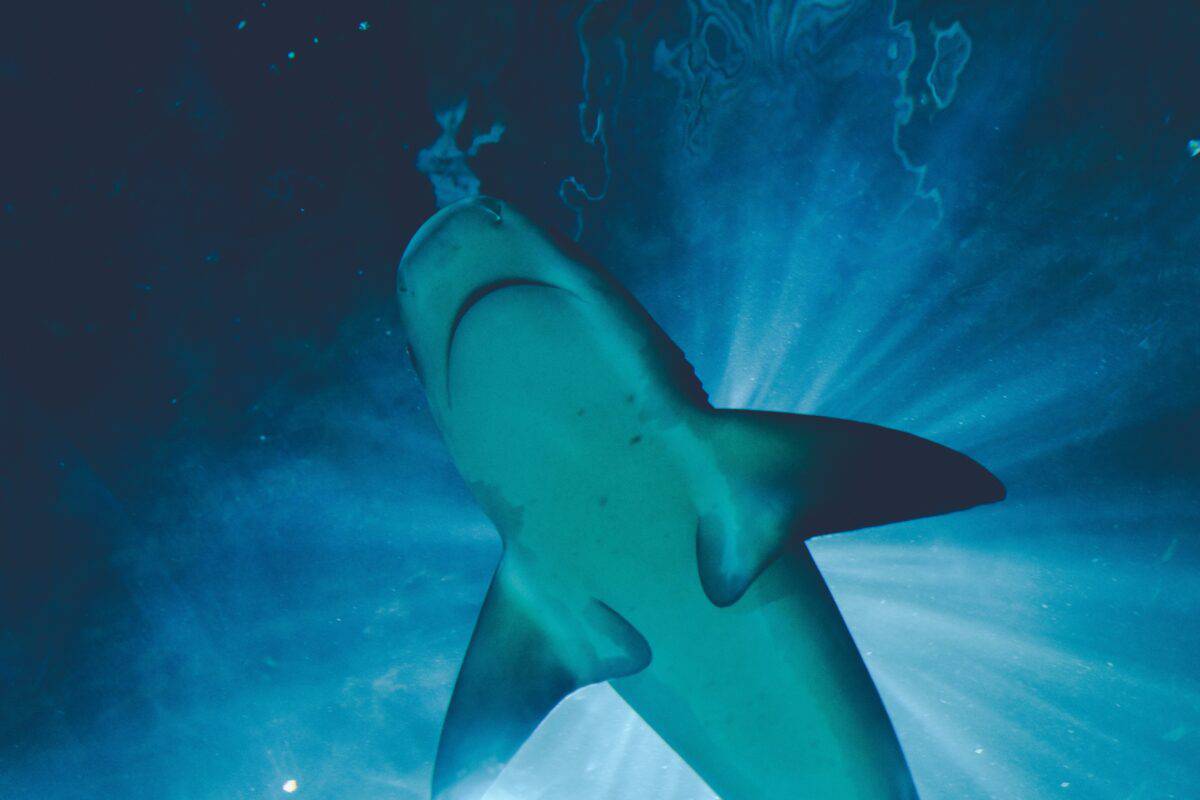
Due to overfishing and habitat loss, many shark species are now endangered. Conservation efforts are critical to preserving these important marine predators.
12. Sharks Have Unique Reproductive Methods
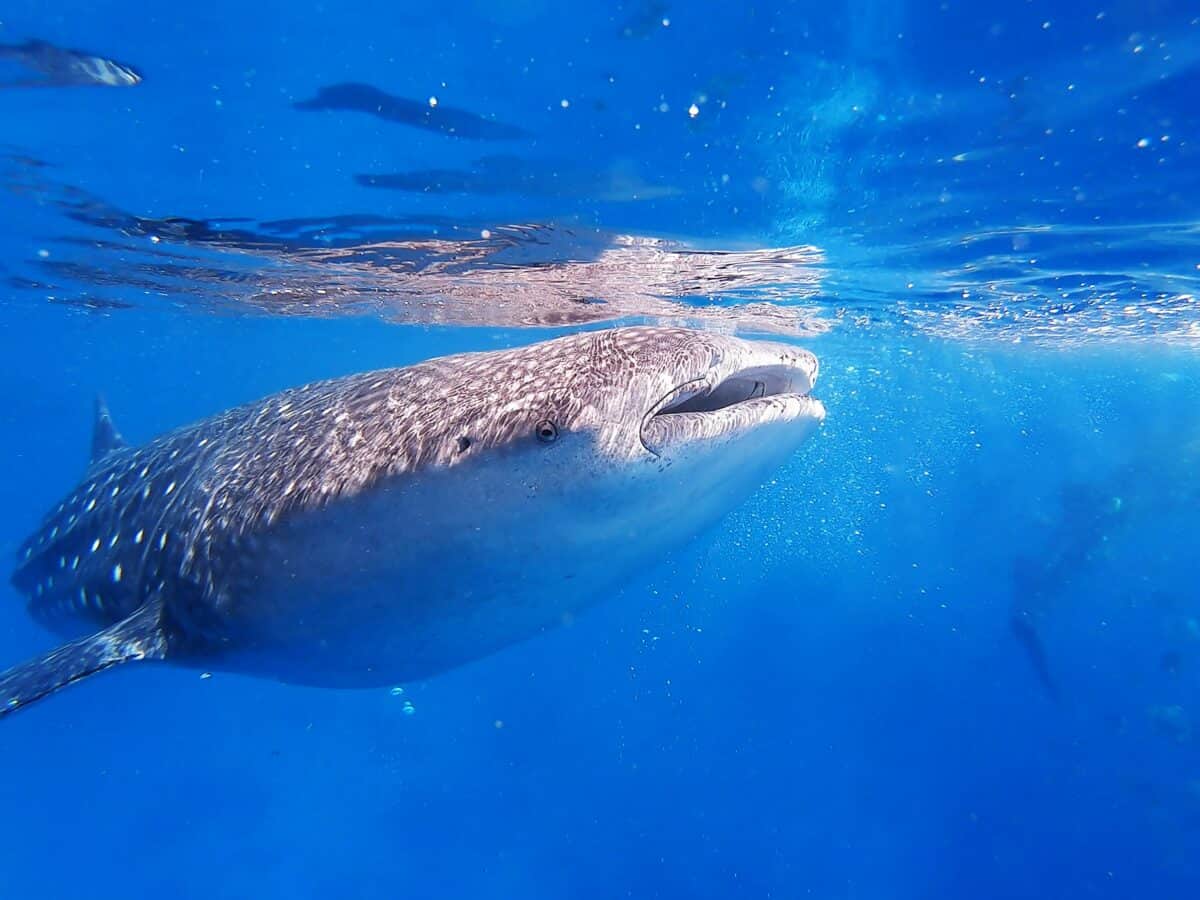
Some sharks lay eggs, while others give birth to live young. The gestation period for live-bearing sharks can range from a few months to over two years.
13. Sharks Play a Vital Role in Marine Ecosystems
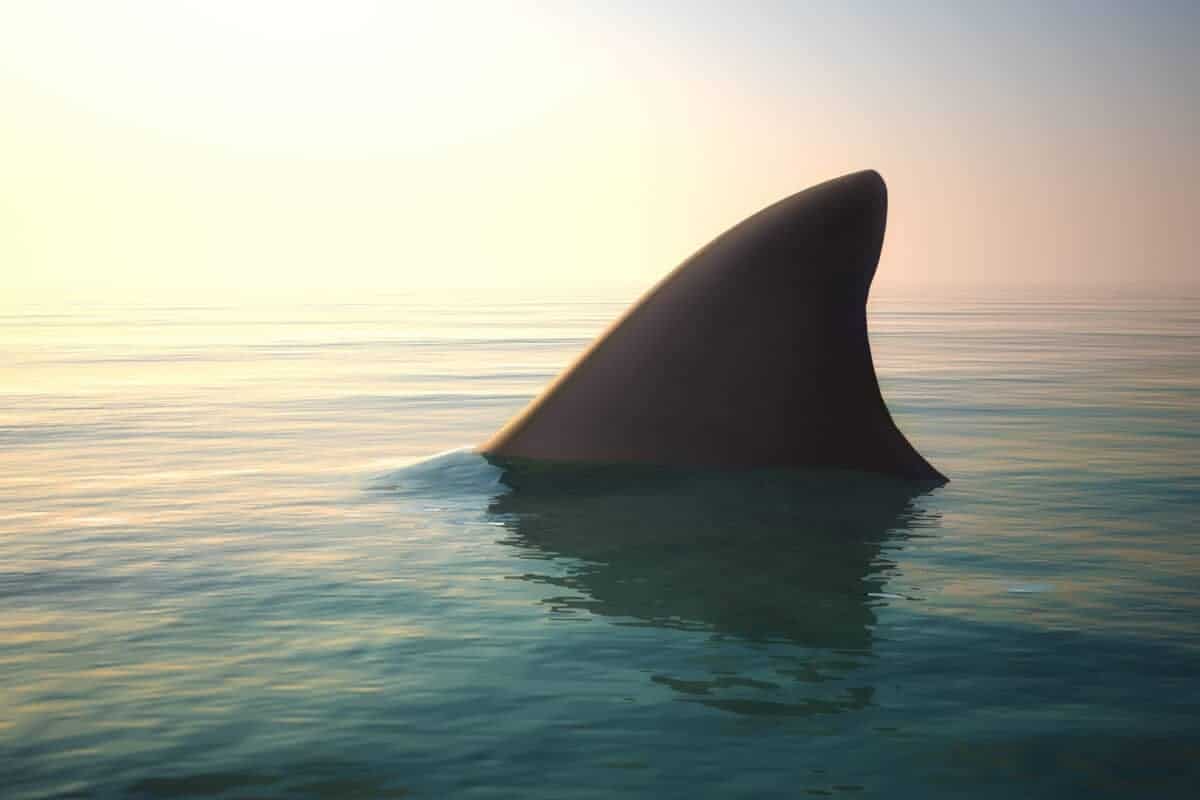
As apex predators, sharks help maintain the balance of marine ecosystems. They control the population of prey species, ensuring the health and diversity of ocean life.
You may also like:
- Resilient Recovery of Injured Sandbar Shark
- Thrilling Encounter between Tiger Shark vs. Tenacious Sea Turtle
Join our Forum for free today!

- Man Pulled Overboard by Shark in Everglades - June 26, 2024
- Lioness With A Mane Documented In Botswana Is Changing The Game For Her Pride - June 26, 2024
- Tiniest Tiger Cub Brave Journey From Being Rescued To A Wild Man Now - June 26, 2024




Travis
Tuesday 24th of October 2023
Bull shark would've killed him....
Billy
Friday 25th of August 2023
I love to watch videos and read stories about nature and wildlife.Please send me more options too choose from.THANKS
Monday 18th of September 2023
@Billy, reading stories about nature is our favourite thing to do as well! Here is a link to another interesting story.
https://www.animalsaroundtheglobe.com/three-orcas-approach-swimmer/
Duke Czech
Saturday 19th of August 2023
This article leaves a person somewhat confused. Are lemon sharkes adaptable like bull sharks, they must be if it was in the everglades. Does anyone really know or is this just speculation and what someone heard.
Monday 18th of September 2023
@Duke Czech, yes, Lemon Sharks are also adaptable which is quite rare and impressive!
Drew
Thursday 17th of August 2023
So lemon sharks are also fresh/salt water adaptable species
Chasesdad
Wednesday 16th of August 2023
Something is not kosher about this entire ordeal.